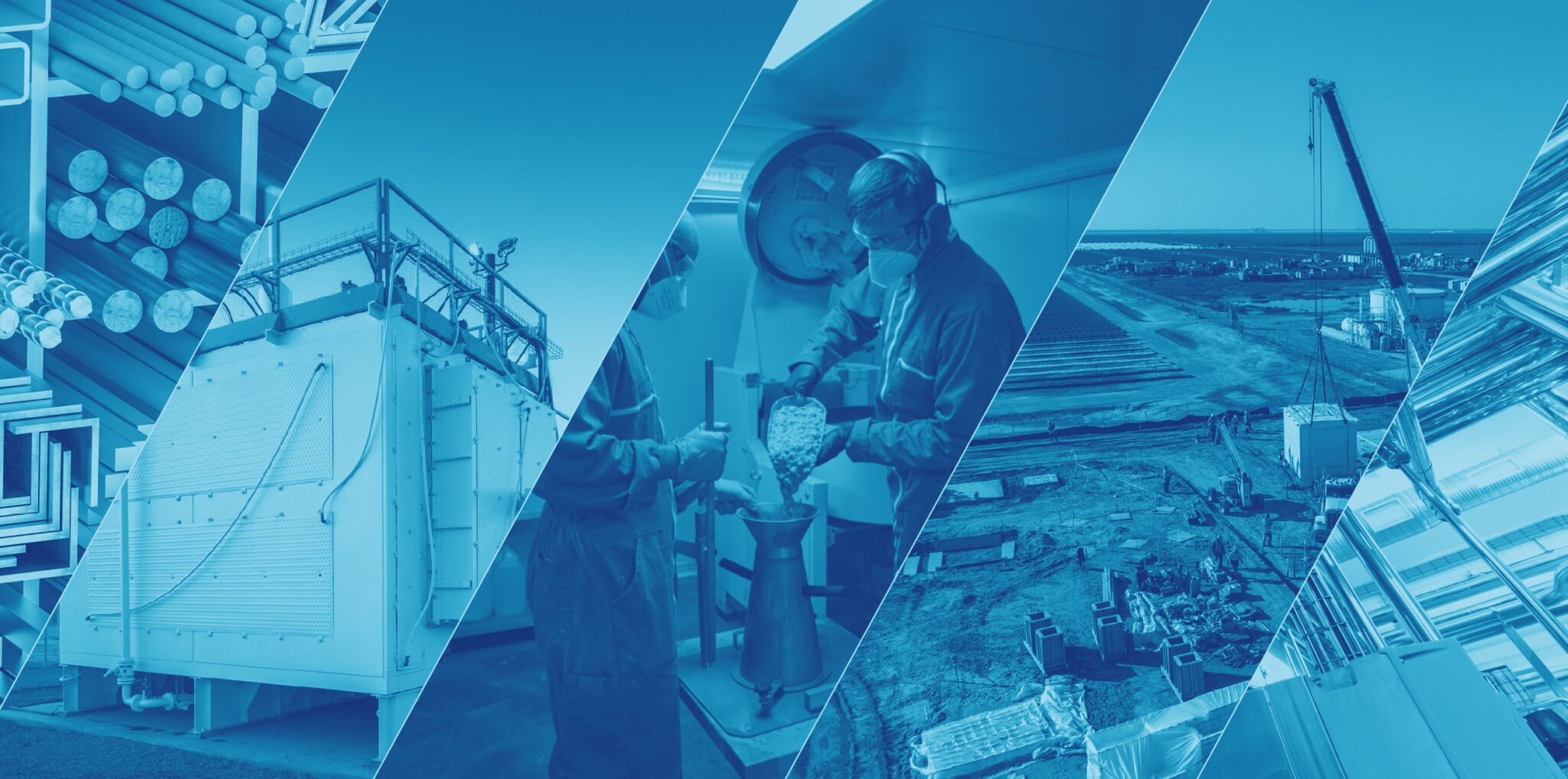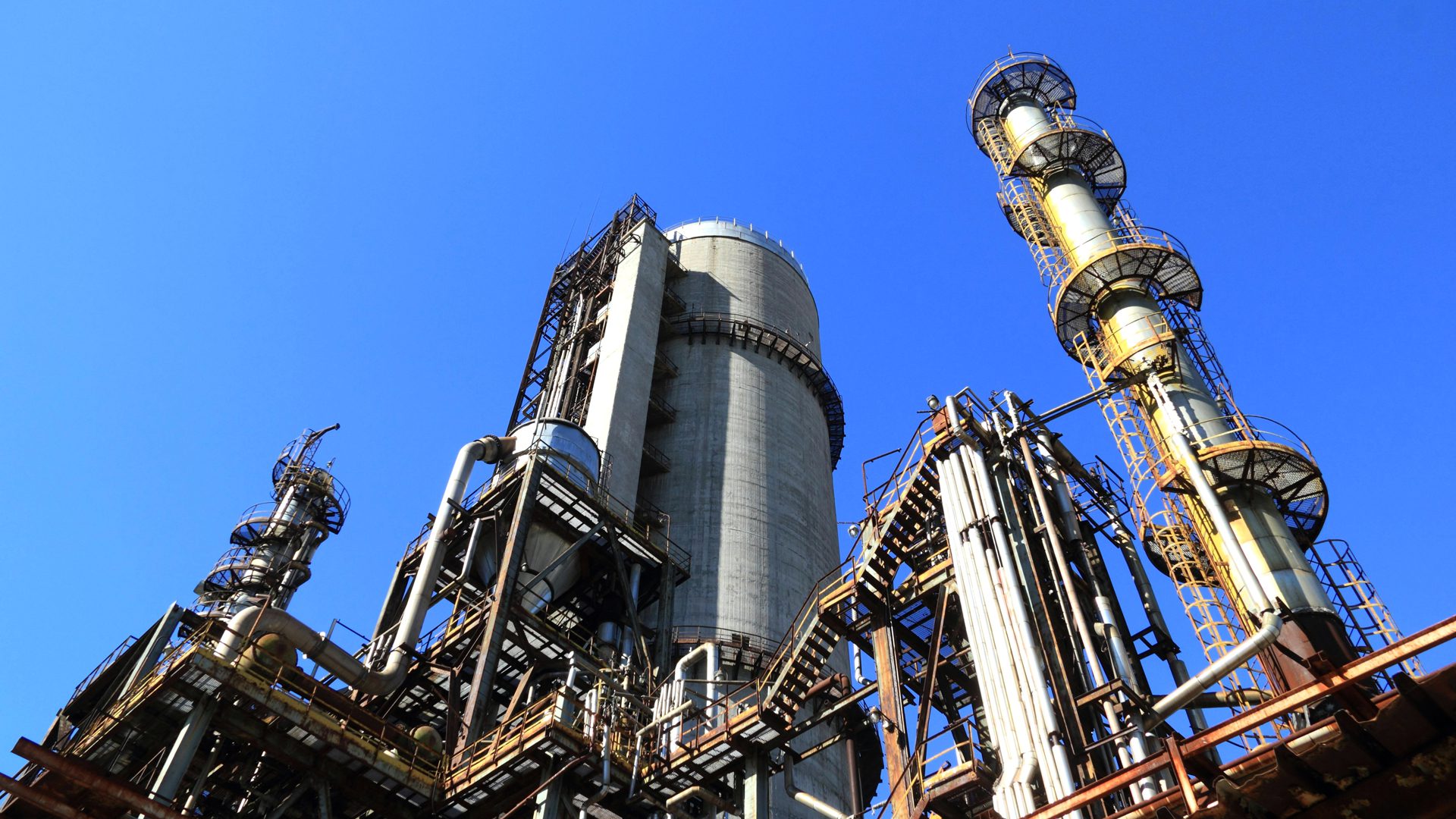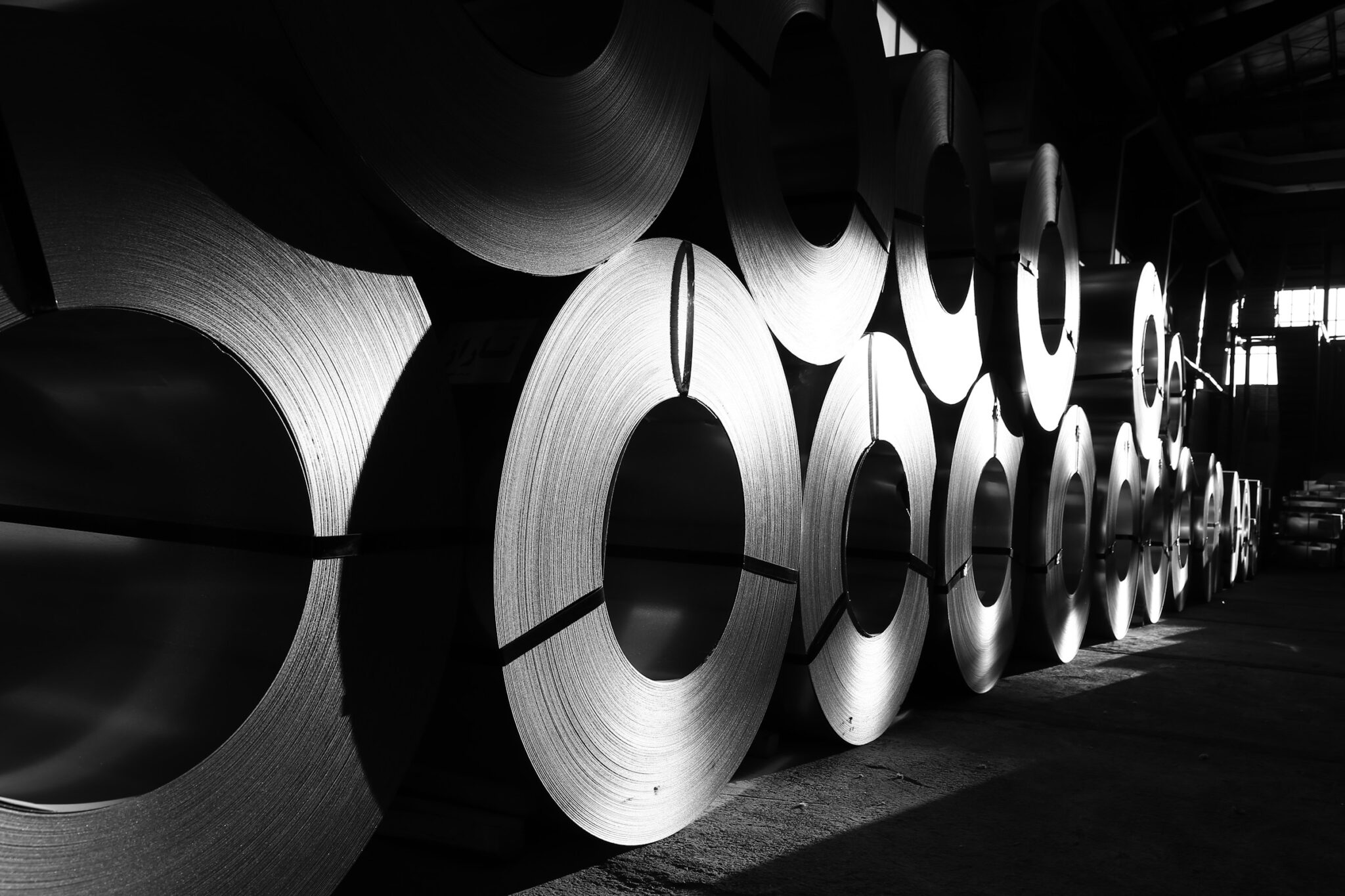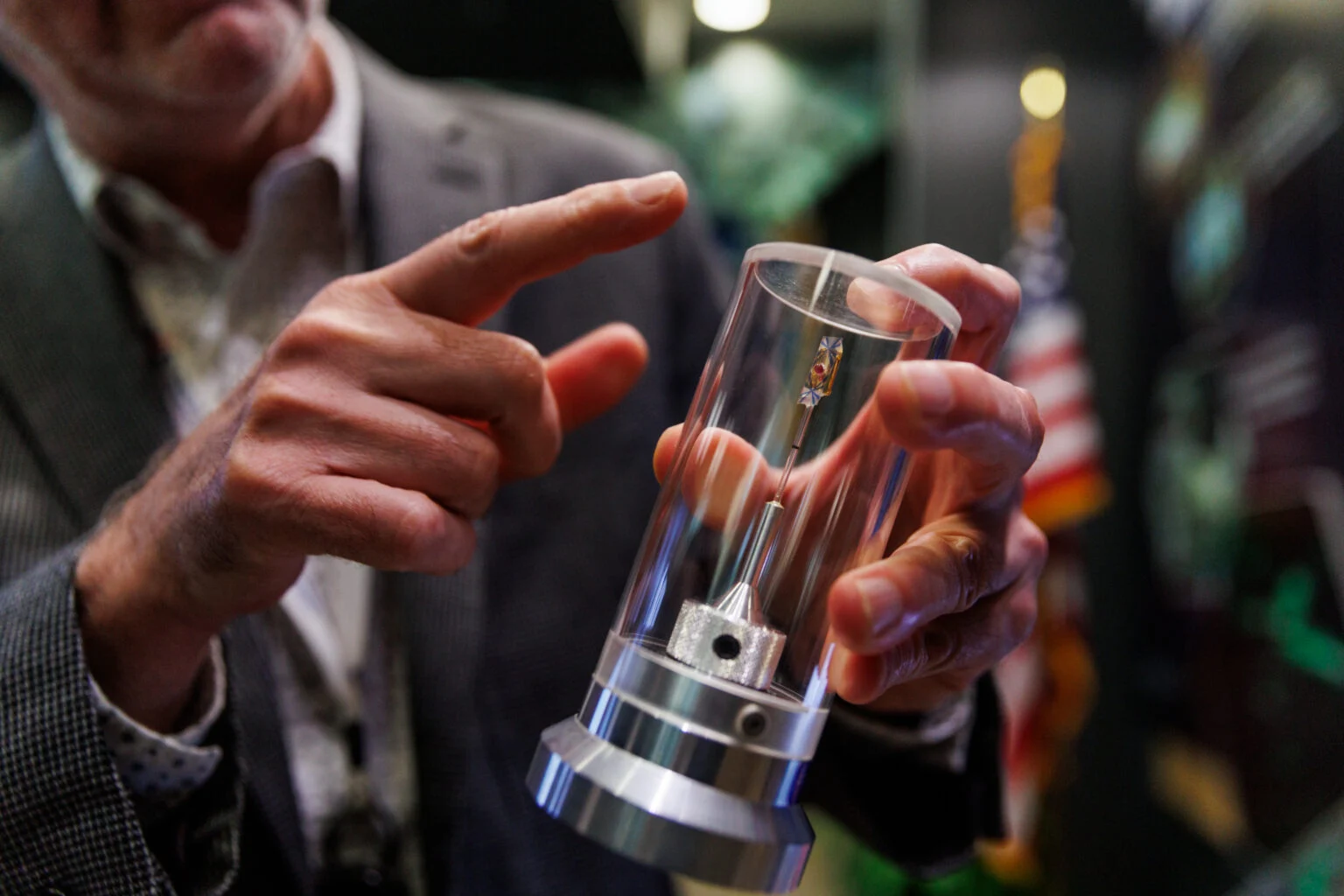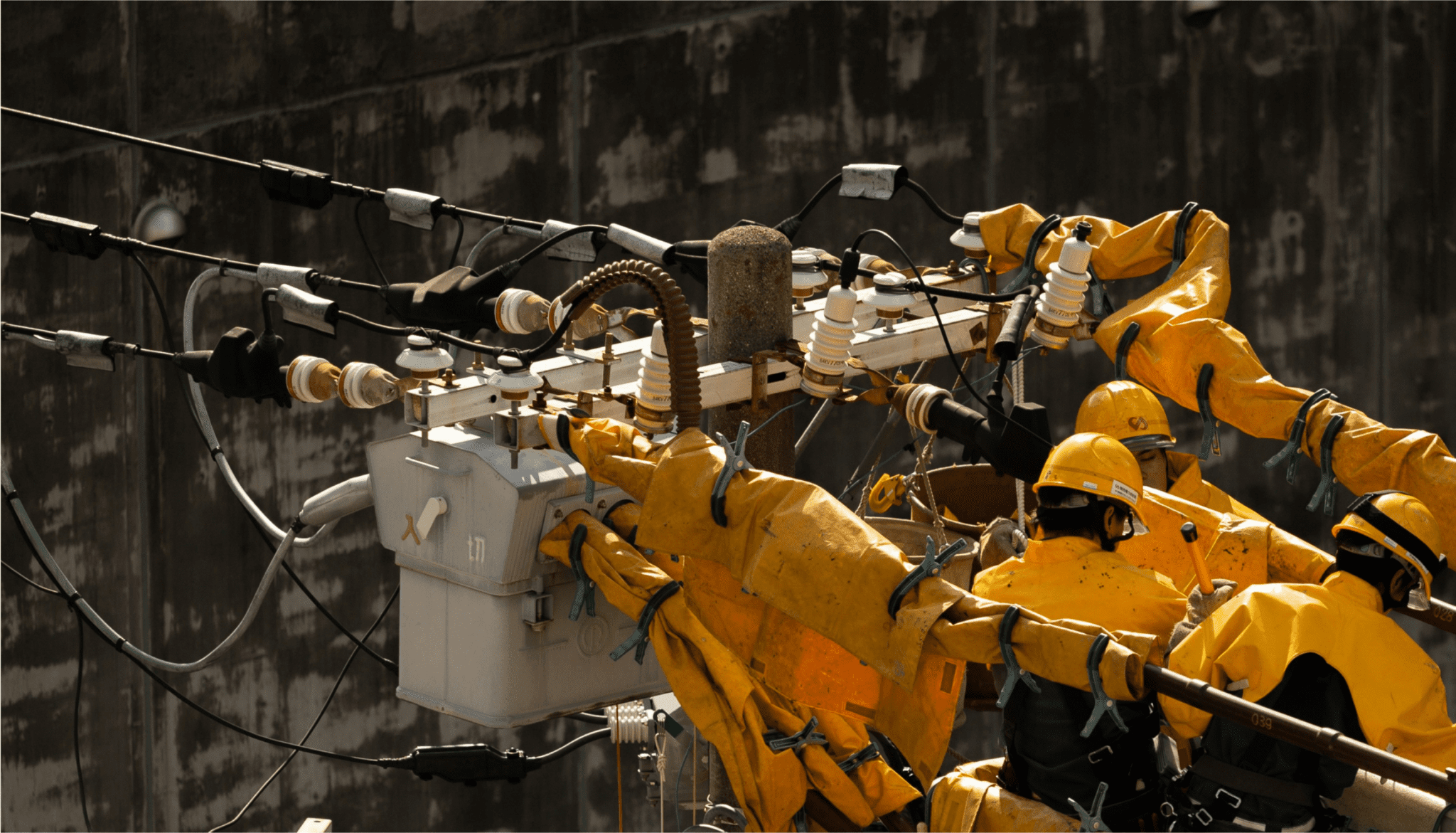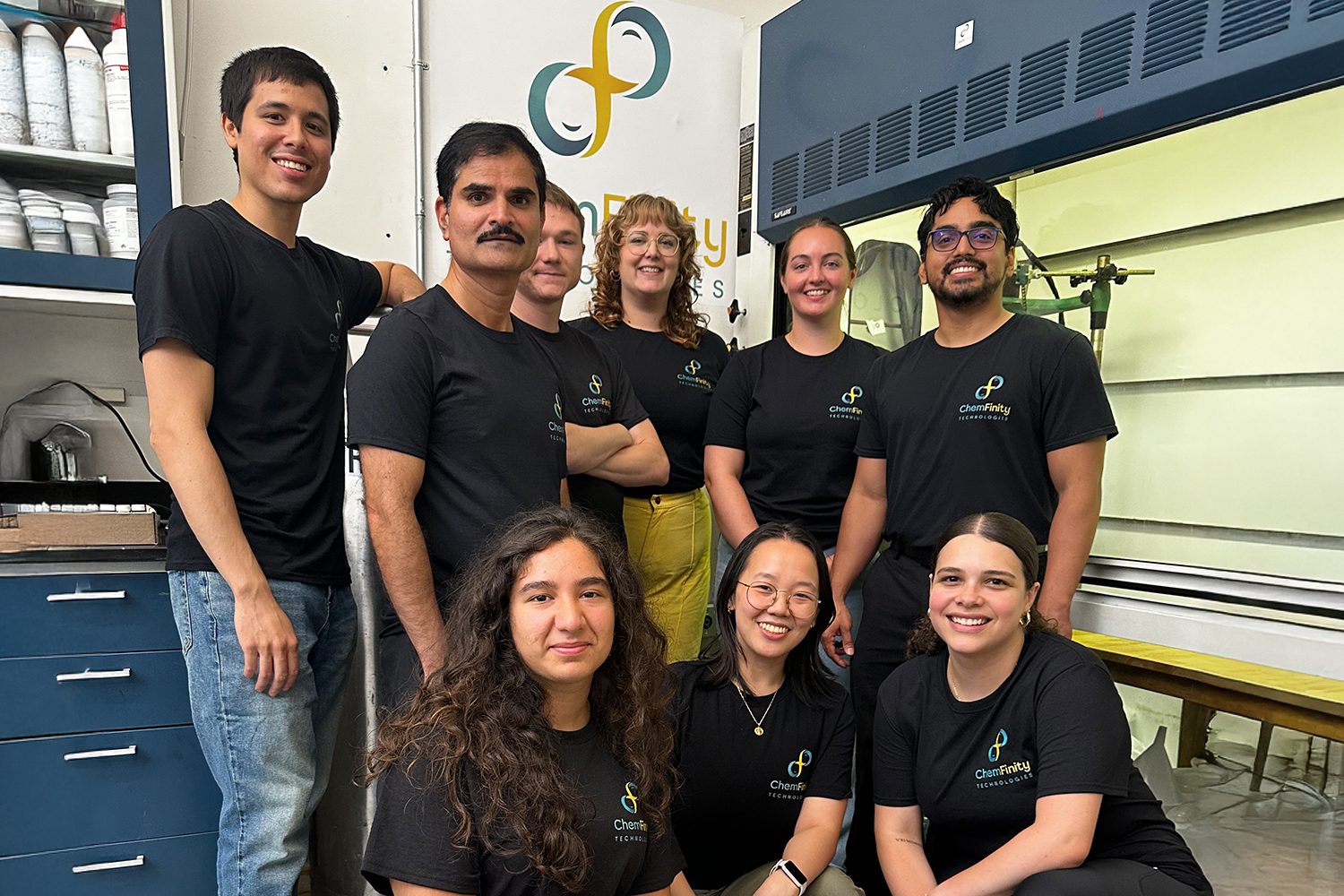We’ve reached an exciting milestone in our quest to decarbonize the industrial sector.
The U.S. Department of Energy (DOE) just announced $6 billion in funding through the Industrial Demonstrations Program (IDP). This is the single largest federal investment for industrial decarbonization, which will support transformational technologies to reduce greenhouse gas (GHG) emissions by ~14 million metric tons annually, create and maintain tens of thousands of manufacturing and construction jobs, improve air and water quality, and bolster American competitiveness. Following years of critical research and development, this funding will enable solutions to be demonstrated at scale, building new clean factories and retrofitting manufacturing plants in communities across the country.
The industrial sector accounts for nearly one-fourth of U.S. greenhouse gas emissions and about one-third of global emissions. IDP projects focus on the highest-emitting and most energy-intensive U.S. industries, such as iron and steel, cement and concrete, chemicals and refining, and food and beverage. The goal is to prove technical and commercial viability of solutions to a wide range of challenges, such as cross-cutting technologies, which includes electrification (e.g., heat pumps, thermal energy storage, electric boilers), clean hydrogen fuels and feedstocks, and carbon capture utilization and storage, as well as sector-specific innovations that completely change how we make things like clean cement and steel. Funding comes from the Bipartisan Infrastructure Law and Inflation Reduction Act, and it is managed by the DOE Office of Clean Energy Demonstrations (OCED).
I wanted to highlight some of the awardees and explain why this is such an important development.
Let’s explore some of the selected projects:
Clean Iron and Steel
DOE selected six iron and steel projects in five states totaling up to $1.5 billion in federal cost-share and 2.5 million metric tons of CO2 avoided annually. The projects span the entire iron and steel supply chain, but below are two projects that tackle the most emissions-intensive part of the process. They will drastically reduce emissions from how we make primary steel by using hydrogen to directly reduce iron ore, rather than using coal in a traditional blast furnace. Scaling clean hydrogen will be critical to the success of both these projects.
Hydrogen-Ready Electric Melting Furnace Iron and Steel Retrofit
Cleveland-Cliffs – Middletown, Ohio
This project will replace an existing blast furnace with a hydrogen-ready, flex-fuel direct reduced iron (DRI) facility and two electric melting furnaces, reducing ~1 million metric tons of GHG emissions per year, as well as air and water emissions. It would create 1,200 construction jobs and 170 permanent jobs, while preserving the site’s 2,500 jobs.
Hydrogen-Fueled Zero Emissions Steel Making
SSAB – Perry County, Mississippi and Montpelier, Iowa
This project will build the world’s first commercial-scale 100% hydrogen DRI plant in Mississippi—based on the HYBRIT technology being demonstrated in Sweden—and expand SSAB’s Iowa steelmaking facility to use this hydrogen DRI. It would create ~6,000 construction jobs and 540 permanent jobs. Importantly, SSAB has signed a letter of intent with Hy Stor Energy’s Mississippi Clean Hydrogen Hub to supply clean hydrogen and renewable electricity to the DRI facility.
Clean Cement and Concrete
DOE selected six cement and concrete projects in seven states totaling $1.6 billion in federal cost-share and 4 million metric tons of CO2 avoided annually. The projects include a diverse set of technologies that range from retrofits of critical existing facilities to entirely new builds using alternative raw materials and processes. We’ll need the full suite of technologies to decarbonize this sector, and below are examples of each.
Deeply Decarbonized Cement
Brimstone – Location TBD
This project will transform the way we make cement by using non-carbonate feedstocks in an alternative production process to manufacture drop-in ordinary portland cement and supplementary cementitious materials in a first-of-a-kind commercial demonstration facility. It would avoid over 120,000 metric tons of CO2 emissions annually and create up to 100 permanent jobs and 450 construction jobs. Brimstone is part of the Breakthrough Energy Ventures portfolio.
Mitchell Cement Plant Decarbonization Project
Heidelberg Materials North America – Mitchell, Indiana
This project will retrofit one of the largest U.S. cement plants with an integrated carbon capture, transport, and storage system, eliminating 2 million metric tons of CO2 emissions annually. Notably, the captured CO2 would be sequestered permanently in a geologic formation underneath the property, minimizing the need for CO2 transport infrastructure. The project would create 20-25 permanent jobs and 1,000 construction jobs.
Low-Carbon Calcined Clay Cement Demonstration
Summit Materials, Inc. in partnership with Antora Energy – Port Deposit, Maryland; McIntyre, Georgia; Elmendorf, Texas; Sulphur Springs, Texas
This project will build four new calcination facilities to demonstrate the viability of clay-based cement alternatives across diverse geographies. Utilizing Antora's factory-made thermal batteries, the initiative targets 2% of the U.S.'s 2030 cement demand reduction and aims to prevent 1.1 million metric tons of annual carbon emissions. With an anticipated creation of over 4,000 jobs across the facilities, the project emphasizes community engagement through workforce agreements and customized training programs. Antora is part of the Breakthrough Energy Ventures portfolio.
Clean Industrial Heat
DOE selected eight projects primarily focused on industrial process heat (though several other sector-specific projects also included clean heat components) in 13 states totaling over $700 million in federal cost-share and 1.5 million metric tons of CO2 avoided annually. Process heat accounts for the majority of industrial energy-related emissions, largely from the burning of fossil fuels. These projects employ a variety of electrification and low-carbon fuel technologies, coupled with clean electricity, to significantly reduce GHG emissions and criteria air pollution. I wanted to highlight a project that uses thermal energy storage—a critical technology to enable beneficial electrification while delivering load flexibility and additional grid benefits.
Heat Batteries for Deep Decarbonization of the Beverage Industry
Diageo – Shelbyville, Kentucky and Plainfield, Illinois
This project, a partnership between beverage-maker Diageo and startup Rondo Energy, will install Rondo Heat Batteries with onsite renewables to replace natural gas-fired heat in facilities producing spirits and cocktails. It would reduce GHG emissions by nearly 17,000 metric tons annually and create ~144 construction jobs. Rondo is part of the Breakthrough Energy Ventures portfolio.
These are just five of the 33 projects selected for award negotiations. Explore the full list here.
Innovation is a team effort.
This level of investment in industrial decarbonization is unprecedented. We at Breakthrough Energy applaud Congress for funding this essential program and DOE for rigorous and timely implementation of the application and selection process.
But it’s not just the government that deserves credit. I especially want to emphasize how the private sector really stepped up here. There were significantly more projects submitted than DOE could select with over 400 concept papers requesting more than ten times the IDP funding allocation matched with ~$100 billion in private sector cost-share. This demonstrates serious interest in commercializing solutions and the need for more federal funding in the future to unlock private sector investment. I’m also encouraged to see private sector collaboration in many projects, highlighting the opportunity for incumbents with industry expertise to work hand in hand with startups bringing new technical solutions.
Over the coming months, awardees will negotiate the terms of their funding with DOE, with grantees sharing on average 70% of project costs. These agreements represent major public-private partnerships, and it will be essential to maintain a collaborative spirit to ensure these groundbreaking projects get underway as quickly as possible while meeting private and public sector needs, including meaningful community engagement. OCED will provide opportunities for local communities to learn more about each project and engage before awards are finalized.
What’s next?
We’re going to learn a lot in these early stages. We’ll find out which technologies are ready for large-scale market deployment (and which aren’t quite there yet). We’ll understand more about costs, emissions reductions, jobs, risks, and how best to engage and benefit local communities. The true impact of this program will be in spurring follow-on investments in other projects, accelerating the pace of market transformation.
These projects will take several years to complete, which will require effective project management, oversight, and continued stakeholder engagement for ultimate success. We must ensure that OCED has the resources to undertake this management, while being transparent with project progress and go/no-go decisions to enable broader learning and project replicability.
Aside from these supply-side investments—which we’ll need more of—we also need a whole suite of other complementary policies to create a market for these goods and the optimal environment for success. Fortunately, we have a great start with the Environmental Protection Agency, General Services Administration, and Federal Highway Administration all actively implementing demand-side funding for a whole of government approach to industrial decarbonization. It’s critical these policies continue into the future.
But for now, let’s celebrate this big day for the future of our economy and environment. I’ll be closely monitoring these projects, along with our entire industrial decarbonization team at Breakthrough Energy—so stay tuned for more updates.

